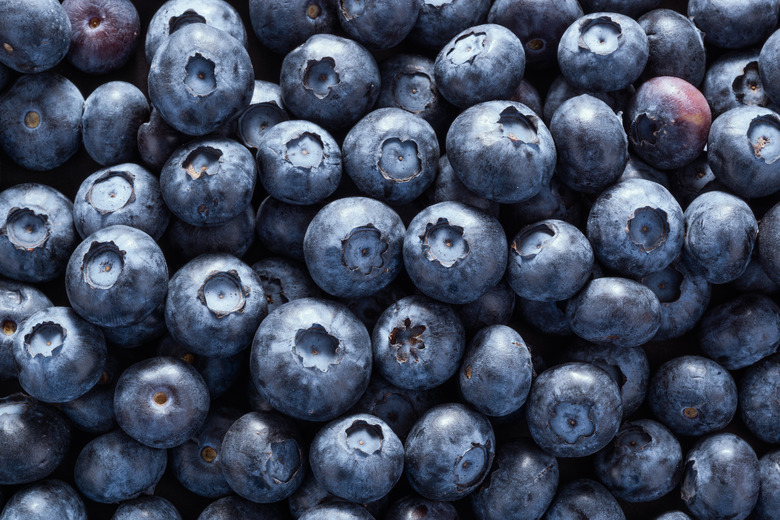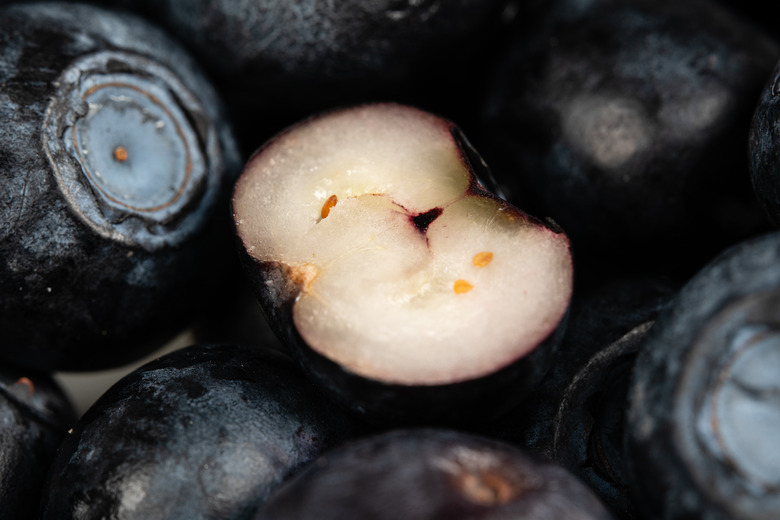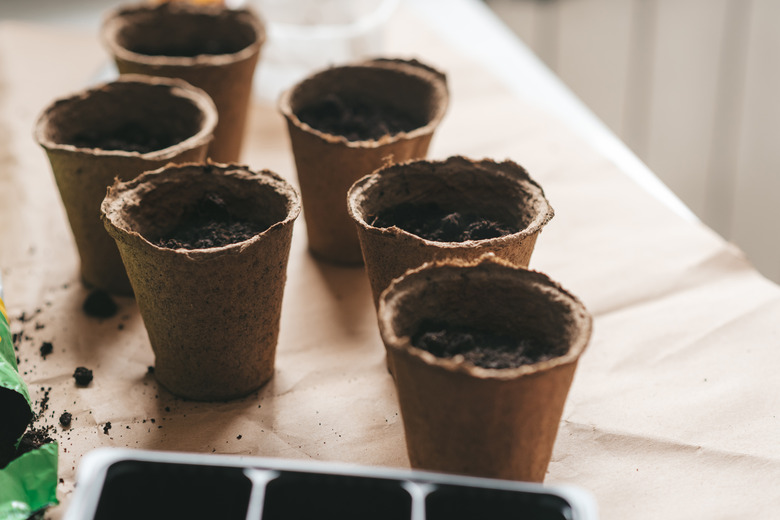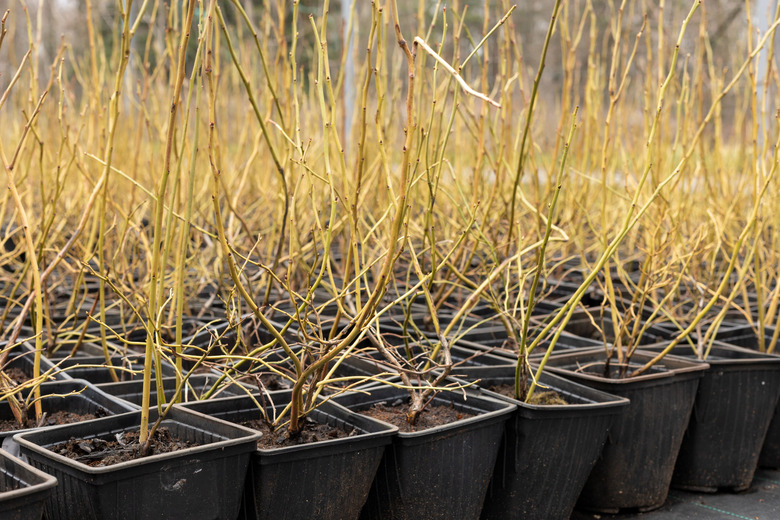How To Harvest Blueberry Seeds
Although it is possible to harvest blueberry seeds to grow a new plant, the plant may not produce berries that make it worth your while. Most blueberry (Vaccinium spp.) varieties grown in gardens throughout USDA plant hardiness zones 3 to 9 are cultivars or hybridized varieties that will not reproduce faithfully from seed.
Wild blueberry types, however, can be successfully grown from harvested seeds as long as the seeds are given the right processing and growing conditions.
Growing blueberries from seed is not challenging and can be a rewarding experiment for curious gardeners, even if your efforts don't result in a crop of fragrant, flavorful berries at the end.
Harvesting Blueberry Seeds
The seeds in blueberries are small and inconspicuous, so harvesting them is likely more difficult than harvesting seeds from other plants.
- Pick 1 cup of blueberries in mid- to late summer when they are fully ripe. Fully ripe blueberries are completely blue with no hint of green and will fall off into your hand when gently tugged.
- Place the blueberries inside a plastic bag and freeze them for 90 days. Thaw the fruit on the countertop for an hour or so.
- Put 3/4 cups of frozen berries into a blender that is 3/4 full of cold water. Run the blender on high for 10 to 15 seconds. Let the mixture sit in the blender for five minutes.
- Ladle out the pulp and most of the water from the top half of the blender. Add more fresh water to refill the blender. Let it sit for another five minutes.
- Repeat this process until the pulp is gone and only the blueberry seeds remain at the bottom of the blender carafe.
- Spread the blueberry seeds onto a paper towel to dry overnight before sowing them.
Tip
If you don't have a blender, you can mash the seeds by hand and soak them in water to separate the pulp from the seeds.
Starting Blueberry Seeds
Now let's take a look at the process of starting some blueberry seeds.
Sowing Blueberry Seeds
Sow and germinate blueberry seeds in January or February when outdoor temperatures are still cold. The seedlings grow quickly under the right conditions, but they are fragile and need careful handling.
- Fill a nursery flat or small peat pots with a moistened mixture of half sand and half coconut coir, which is an environmentally responsible alternative to peat moss.
- Scatter the seeds on the surface of the sand mixture and do not cover them with soil, because blueberry seeds need light to germinate.
A sheet of newspaper or a very thin sprinkling of sphagnum moss spread over the seeds will help hold moisture around them as they germinate without blocking out too much light.
Tip
Use a misting bottle to water blueberry seeds, which will moisten the soil without dislodging the seeds.
Germinating Blueberry Seeds
Set the nursery flat or peat pots in a warm, sunny location where they will not be disturbed during the germination process. Blueberry seeds germinate best at temperatures between 60 and 70°F, so a propagation mat may be needed if conditions are chilly.
The soil should be slightly moist but not sopping wet during the germination process. Blueberry seeds take approximately one month to sprout, at which point, remove the newspaper from the top of the container so that the seedlings have space to grow.
Growing Blueberry Seedlings
Blueberry seedlings need to be transplanted into individual pots once they reach 2 to 3 inches in height. Small nursery pots and peat pots both work well. Fill them with a moistened mixture of 1/3 potting soil, 1/3 sand and 1/3 coir, which will provide the right structure and drainage.
Grow the seedlings under bright, sheltered conditions with regular watering whenever the soil feels nearly dry. Two to three weeks after repotting the seedlings, feed them with starter fertilizer at half the recommended rate, which will help support their growth.
Blueberries grow best in a sunny, sheltered bed with moist, acidic soil. Space the seedlings 4 to 5 feet apart in rows that are spaced 8 feet apart, which will give you plenty of space to walk through the patch and harvest the fruit.
Tip
If you grow a blueberry from seed, it can take two years for the plant to produce fruit.



